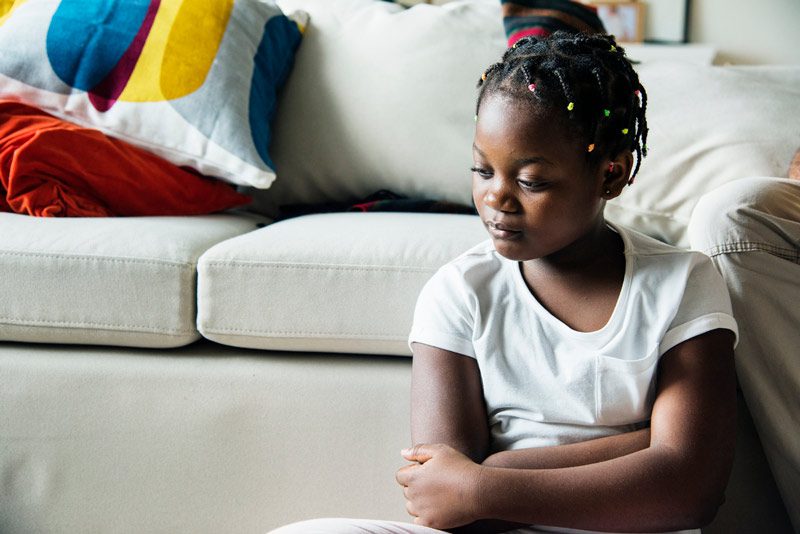Despite heightened focus on mental health for students since the start of the COVID-19 pandemic, Black students actually have less access to mental health staff than they did a decade ago, according to a new report from New Jersey Policy Perspective (NJPP).
During a period where access to mental health staff increased for New Jersey’s white and Asian students, access for Black and Hispanic/Latinx students decreased. As state policymakers seek to tackle the student mental health crisis facing schools, they should focus on the critical question of whether there are enough mental health and support professionals.
“The pandemic has created an unprecedented crisis in student mental health,” said Mark Weber, Ph.D., report author and Special Analyst for Education Policy at NJPP. “Unfortunately, New Jersey’s Black and Hispanic students have seen cuts in mental health staff in their schools over the past decade. So just when they need these resources the most, they find their access has been diminished. This has to be addressed immediately.”
The report, New Jersey’s Black Students Suffer a Decline in Access to School Mental Health Staff, tracks the number of mental health staff such as nurses, counselors, behavior specialists, psychologists, and social workers in schools across New Jersey compared to the number of students of different races and ethnicities enrolled in those schools. Over the study period from 2008 to 2020, the ratio of mental health staff for Black students declined from 10.3 per 1,000 students to 8.5, while the ratio for white students increased from 7.4 to 8.8 per 1,000 students.
Declines are particularly stark among school nurses and school counselors. Among all students, school counselor rates were largely stable from 2008 to 2020, but steep declines were seen among Black students, with 4 counselors per 1,000 students in 2008 declining to 2.6 per 1,000 by 2020, below the state average and their white peers. This is now well below the recommended ratio of 4 counselors per 1,000 students recommended by the American School Counselor Association.
“The Covid pandemic was devastating for everyone, but we know that communities of color suffered disproportionately,” said Sean M. Spiller, President of the New Jersey Education Association (NJEA). “As we continue the slow work of emerging from the pandemic, we need to ensure that students who lost the most have access to all the resources they need to recover and thrive. Mental health resources are a necessity for that recovery and for long-term success.”
Mental health resources are important for all students, but they are extremely important for students who have experienced poverty. Appropriate mental health resources also contribute to improved school culture and fewer school discipline incidents. The report notes that Black students are more likely to experience poverty and more likely to attend a district with high school suspension rates – exactly the population most in need of additional support, not cuts in staff.
“In New Jersey, students of color are more likely to live in poverty and attend a school with harsher discipline,” said Weber. “The solution to this isn’t to cut back on their access to mental health staff, it’s to give them more access to the professionals they need.”
The report concludes that policymakers and lawmakers must improve staffing levels of mental health support professionals to meet the needs of students.
“Setting students up for success requires equitable access to mental health and support staff,” said Nicole Rodriguez, President of NJPP
. “This report makes clear that New Jersey is falling short of that standard, even with an increased focus on mental health in schools as we recover from the pandemic.”
(This is a press release from NJPP.)



